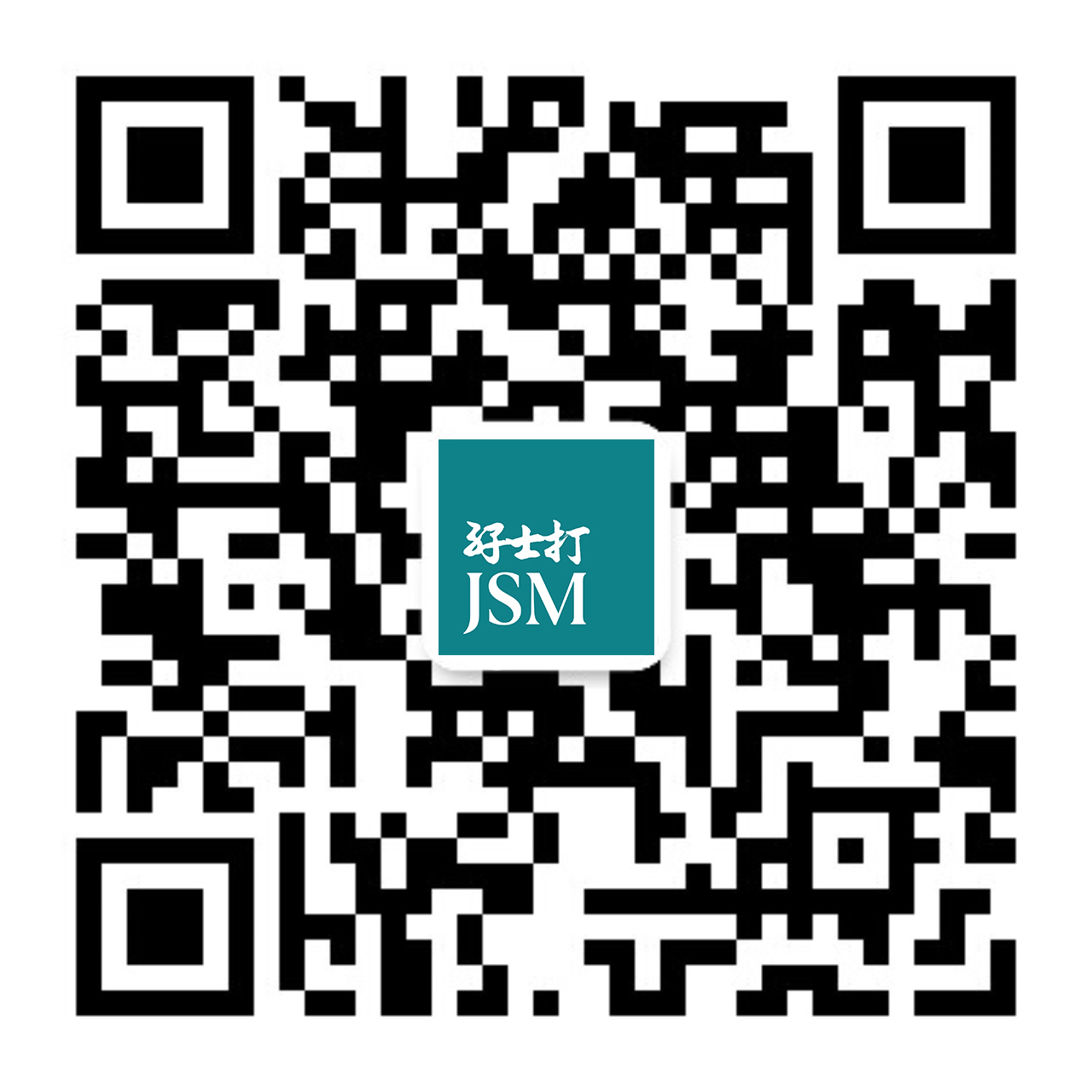Part 3: Mainland China’s first merger ruling challenge
1. China’s first merger control judgment: the Simcere/Tobishi case
On 19 March 2025, China saw its first-ever court ruling on a merger control decision, a landmark event that provides crucial insights into SAMR’s enforcement and the potential for challenging its decisions.11
1.1 Background
This case involved the Simcere Pharmaceutical (“Simcere”) acquisition of Beijing Tobishi Pharmaceutical (“Tobishi”), which SAMR conditionally approved in September 2023.22
Simcere is the exclusive seller of batroxobin concentrate active pharmaceutical ingredient (“batroxobin API”) in Mainland China and is developing batroxobin injection. Tobishi is the sole producer of batroxobin injection, holding 100% market share. The parties have a vertical relationship with some potential horizontal overlap.
After a 14-month review, SAMR found likely foreclosure effects and imposed a mix of structural and behavioural remedies to address concerns.
Tobishi challenged SAMR‘s decision, seeking to overturn the conditional approval and instead have the transaction prohibited entirely. They first sought administrative reconsideration from SAMR, and when unsuccessful, initiated administrative litigation in court.
1.2 Highlights of the judgment
After a nine-month review, the court upheld SAMR’s decision, offering key takeaways:
Confirmation of SAMR’s power to review below-threshold deals:
Tobishi argued that SAMR lacked grounds to review the transaction because it fell below the filing thresholds and was only voluntarily notified. The court rejected this, confirming SAMR’s authority under the Anti-Monopoly Law (AML) to review any deal – regardless of size – if it may raise competition concerns.
Guidance on standing to sue:
Both SAMR (the defendant) and Simcere (the interested third-party) argued that Tobishi lacked standing to sue. The court clarified that the standard under Article 25 of Administrative Litigation Law states that only parties directly affected or with a vested interest may bring a challenge to an administrative act.
In the context of merger control decision:
- Unconditional clearances do not alter the rights or obligations of the notifying parties, and thus, the parties generally lack standing to sue.
- Conditional approval or prohibition, however, do imposes legal obligations or negate the deal, giving affected party standing to challenge the decision.
In this case, although Simcere proposed the remedies, they imposed substantial legal obligations on Tobishi as the target. The court ruled that Tobishi’s legitimate interests were materially affected, confirming its standing as a proper plaintiff.
Prohibition is not the default for problematic deals
Tobishi argued that the proposed remedies were insufficient to address competitive concerns and that SAMR should have prohibited the deal instead.
However, the court reaffirmed that prohibition is not the default outcome for problematic transactions. If appropriate remedies can effectively resolve concerns, clearance with conditions remains a valid and lawful approach.
The deal raised the following concerns:
Figure 1: Key concerns arising from Simcere/Tobishi

Source: summarised from the case33
The court determined that the following remedies can effectively address these concerns:
Figure 2: SAMR’s remedies

Source: summarised from the case44
1.3 Takeaways
This landmark ruling marks the first judicial challenge to a SAMR merger decision, signaling an important step in the evolution of Mainland China’s merger control regime. It confirms that SAMR’s decisions can be contested through legal channels and indicates the importance of how the plaintiff frames their claims – a factor that can significantly affect the court’s ability to evaluate the challenged decision. Furthermore, it offers valuable guidance on key procedural questions in merger control litigation.
Notably, the court reaffirmed that prohibition is not the only option when it comes to deals that raise competition concerns – well-designed remedies can effectively address those concerns and enable clearance.
This sends a positive message to future deal parties: with careful planning and targeted remedies, complex deals can still move forward.
2. Going forward
Coming next in Part 4, we will explore SAMR’s investigations into monopoly agreements from 2024 to Q1 2025, highlighting how such misconduct can lead to violations.
Before diving in, let’s consider these key questions:
- Which sectors are under the most scrutiny in investigations by competition authorities in Mainland China?
- How do the regulators apply leniency or mitigating factors to reduce fines?
- What insights can we draw from these enforcement actions?
- Beijing Intellectual Property Court, Administrative Case No. (2024) Jing 73 Xing Chu 5180 (First Instance) ((2024) 京73行初5180号), with the judgment delivered on 30 December 2024 and made public on 19 March 2025.
- SAMR, Decision of Simcere/Tobishi, 22 Sep. 2023, at https://www.samr.gov.cn/fldys/tzgg/ftj/art/2023/art_34e14c768a67457796de8bba43f9479b.html
- Id.
- Id.
相关业务能力



